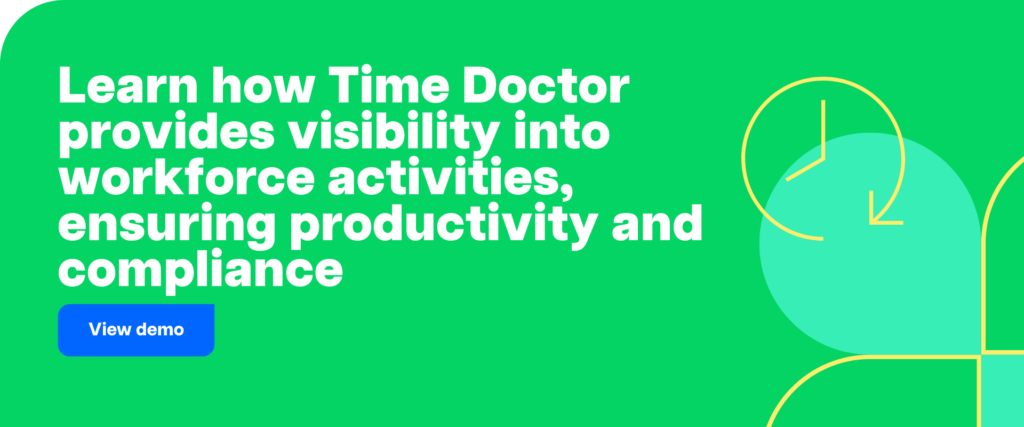Every company must deal with the growing demands of following regulations. These days, sticking to the rules isn’t just about obeying them; it’s also about finding better ways to do this without slowing things down.
Companies are facing big changes in how they handle workforce rules. New tech is getting rid of the time-consuming parts of managing compliance needs and giving quicker, smarter answers.
Companies now turn to AI and machine learning instead of old manual methods. These create more dependable, precise systems that operate behind the scenes. This lets teams concentrate on what’s important. 54% of organizations view automation as a way to boost compliance. 93% agree AI tools can get rid of human mistakes. This shows workforce compliance automation is the future.
This article will explore what workforce compliance automation is how it functions, and the key advantages it offers.

Table of Contents
- What is workforce compliance automation?
- How does workforce compliance automation work?
- Tools for workforce compliance automation
- Benefits of workforce compliance automation
What is workforce compliance automation?
Workforce compliance automation uses automated technologies like AI, ML, and cloud-based systems. These ensure a company’s workforce follows laws, rules, and internal policies. These tools make complex processes easier and streamlines them accordingly. They allow businesses to focus on their goals while staying in line with regulatory standards.
Through automated tracking, reporting, and analytics, workforce compliance automation minimizes the risk of non-compliance, which could result in legal penalties, reputational damage, and financial losses.

How does workforce compliance automation work?
Workforce compliance automation systems work through a mix of AI, machine learning and cloud technology to track and monitor employee activity in real-time. These systems collect and analyze data to ensure that employees are acting compliantly established systems within which business practices comply with rules.
Some common features of workforce compliance automation tools include:
- Automated reporting: Real-time reports on employee activities are generated by compliance tools, which also give immediate updates on the state of compliance. This removes the requirement for labor-intensive, prone to human mistake manual audits.
- Risk alerts: The technology highlights possible compliance issues and compliance risks and instantly gives notifications to management or HR teams so they may quickly take appropriate action.
- Cloud-based storage: Cloud technologies enable the centralized archiving of crucial compliance documents, guaranteeing their constant currency and ease of accessibility.
- Policy enforcement: By incorporating policy guidelines into software that can track and direct employee behavior, workforce compliance automation solutions assist in enforcing corporate regulations.
Tools for workforce compliance automation
Implementing the right tools is essential for successfully automating workforce compliance. These platforms help organizations monitor employee activities, enforce policies, and ensure adherence to regulations seamlessly. Here are some of the best providers available:
1. Time Doctor
Time Doctor is a leading workforce analytics tool. It ensures that businesses comply with labor laws and internal policies by automating time tracking, generating reports, and providing real-time insights into employee activities. This makes it an ideal solution for maintaining workforce compliance in both remote and in-office environments.
2. ZenGRC
ZenGRC is a comprehensive compliance management platform that simplifies risk and compliance processes. It offers features like automated workflows, real-time compliance tracking, and centralized control, allowing businesses to efficiently manage compliance requirements across various regulations and industry standards.
3. VComply
VComply provides a cloud-based solution that helps organizations automate compliance tasks such as policy management, risk assessment, and audit tracking. Its user-friendly interface makes it easy to enforce compliance requirements and track progress, reducing the manual effort involved in staying compliant.
4. Netwrix
Netwrix focuses on IT infrastructure compliance by offering solutions for auditing, data access control, and risk management. It helps businesses ensure compliance with critical regulations such as GDPR, HIPAA, and SOC 2, making it an essential tool for managing sensitive data and preventing data security breaches.
5. Hyperproof
Hyperproof is a powerful platform designed to automate compliance workflows and centralize documentation. With its intuitive interface, it helps businesses track the audit process, manage compliance certifications, and automate repetitive tasks, enabling organizations to stay compliant with minimal effort.
These tools provide the foundation for an effective workforce compliance program and strategy, helping organizations meet regulatory requirements while improving efficiency and reducing risks.
Benefits of workforce compliance automation
Businesses can reap major benefits from the use of workforce compliance automation, particularly those that are managing intricate regulatory environments. Here are a few of the main advantages:
1. Increased efficiency
Employee time can be better spent on important company initiatives when compliance automation takes care of manual chores like data entry, report preparation, and monitoring. These solutions reduce the effort for human staff by processing massive amounts of data rapidly and effectively by utilizing AI and machine learning.
2. Reduced risk of human error
Manual compliance techniques are prone to mistakes, resulting in expensive fines and reputational harm. Because artificial intelligence powers automated processes and accuracy, workforce compliance automation dramatically reduces the possibility of human error.
3. Real-time compliance monitoring
Automated compliance solutions give real-time insights about staff actions, allowing businesses to respond quickly to potential infractions. This prevents minor violations of compliance from developing into significant financial or legal issues.
4. Cost savings
While initial setup costs for workforce compliance automation tools can be significant, the long-term cost savings are substantial. Businesses save on penalties, legal fees, and the costs associated with manual compliance tasks. Moreover, the improved efficiency and error reduction also contribute to lower operational costs.
5. Better decision-making
Automation solutions for workforce compliance offer thorough reports and in-depth analytics, giving management teams the information they need to make wise decisions. This enables companies to modify their personnel management procedures and strategies in light of precise, up-to-date data.
Conclusion
Workforce compliance automation gives companies an efficient, powerful method to handle complex regulatory rules without overwhelming their staff. When businesses automate compliance tasks, cut down on mistakes, and keep an eye on things in real-time, they can work more and with more confidence.
Developing an automated compliance strategy is about creating a safer, more innovative, and productive workplace—it’s not just about following the regulations. Businesses who adopt automation early on will be in the forefront of securing their long-term success as compliance requirements continue to rise.

Liam Martin is a serial entrepreneur, co-founder of Time Doctor, Staff.com, and the Running Remote Conference, and author of the Wall Street Journal bestseller, “Running Remote.” He advocates for remote work and helps businesses optimize their remote teams.


